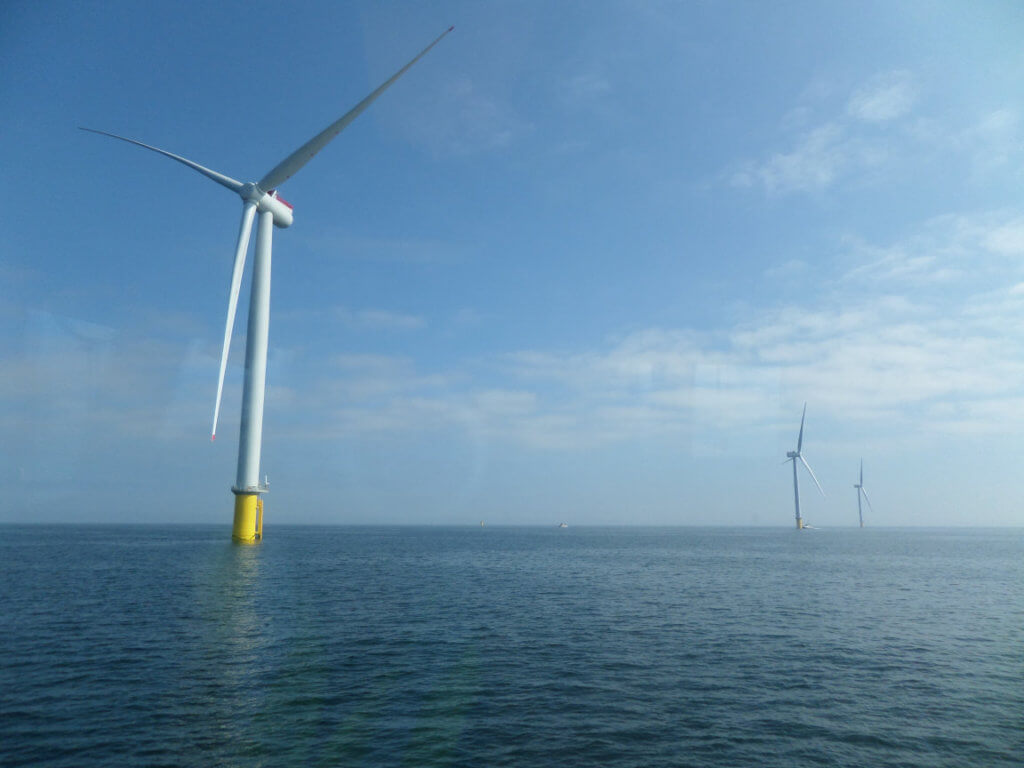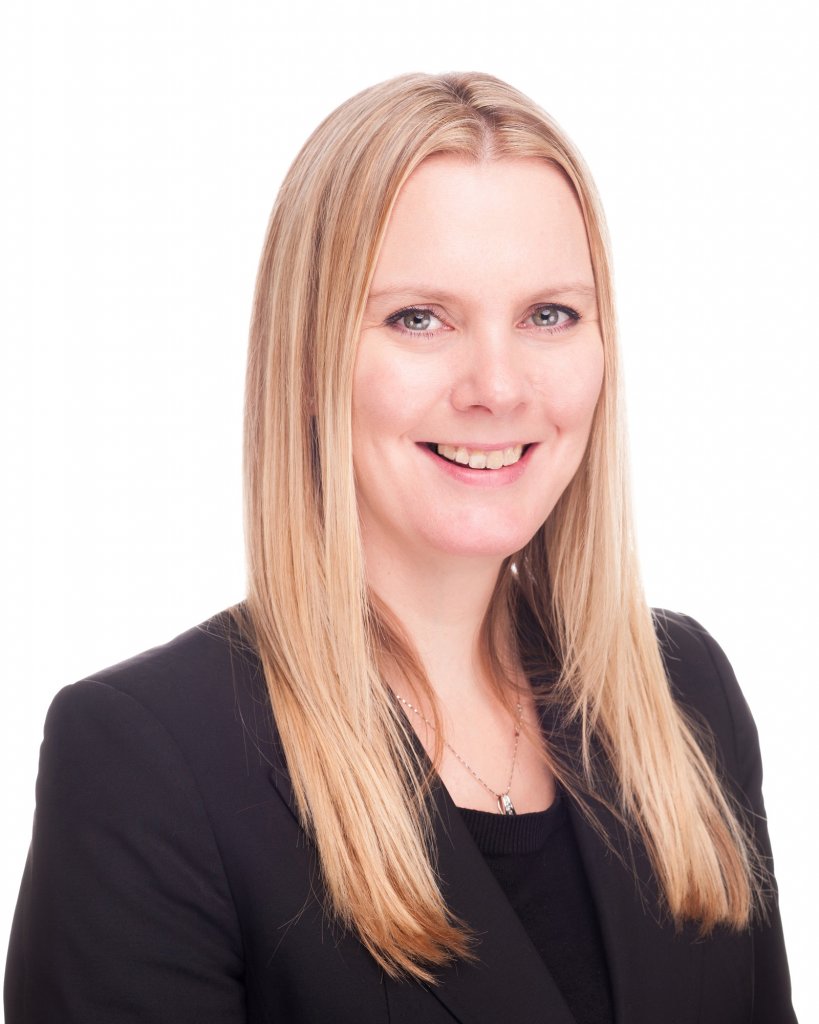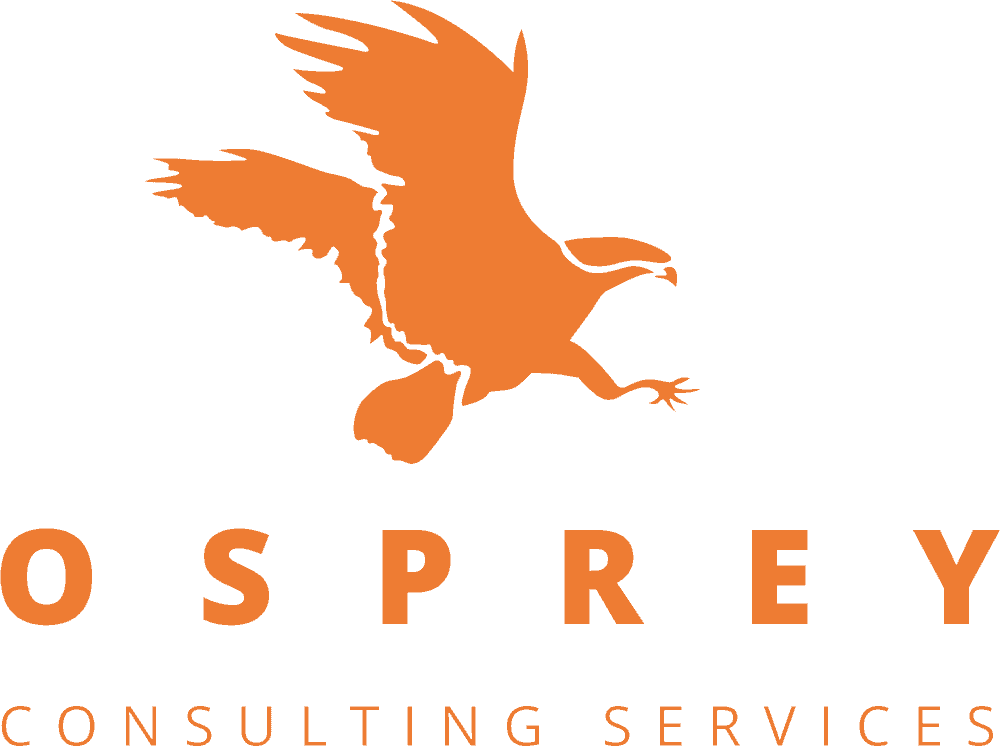To mark #INWED21 and the amazing work of women engineers around the world, we asked Lindsay Perks, Business Unit Leader – Energy & Environment, to share her story and explain how her engineering skills are making a difference in the renewables industry and beyond.
In 2007, I became a founding member of Osprey. Using engineering principles, I developed an approach for the operational assessment of the impact of wind turbines on airports and radar that contributed to the consenting, construction or operation of over 700 windfarms, from large offshore developments, major onshore proposals, and single turbines providing power to farms. 2014 was a stand-out year when Osprey saw 6,200 MW of client projects gain planning consent, generating enough electricity to power 3.5 million homes.

My renewables clients had very different needs, so I established an alternative version of Osprey’s assessment methods to help smaller clients e.g., farmers erecting a single turbine to meet environmental aims of reducing resilience on fossil fuel derived power from the National Grid. Instead of presenting the information in the extensive evidence-based technical reports required by my larger clients, I provided the mathematical and operational assessment for negotiation in person with the affected airport owner.
Finding mitigation solutions for the impact of wind turbines on aviation assets and services is often difficult, both technologically and from a negotiation point of view. I use my technical and operational knowledge to provide due diligence support e.g., to the commercial sale of a wind farm where I report on the status, ROM costs and perceived effectiveness of existing and emerging technologies claiming to mitigate the impact of turbine originating interference (or clutter) appearing on the Air Traffic Control display system, and thus enable wind farms to contribute to UK renewable targets.
More recently, I have been working with my clients to provide advice and support on how they can use aviation positively in their wind projects to enable safe and efficient operations. I conducted a risk assessment of Offshore Wind Farm Operations & Maintenance (helicopter refuelling operations), which was a first for regulatory acceptance and the first offshore wind farm to include the provision of offshore fuelling facilities at a non-permanently attended installation.

Having access to multi-disciplinary in-house engineering expertise at Osprey is key as it means we can solve such a wide range of aviation-related challenges. These include drafting the concept of operations (CONOPS) for the use of aviation offshore during the construction, operation and maintenance of the wind farm, risk assessment of the CONOPS, making applications for Airspace Change (e.g., for the establishment of Transponder Mandatory Zones as part of a radar mitigation scheme), and the procurement and safety assurance of new radars.
We also have an in-house Instrument Flight Procedure Design Team, approved by the CAA to assess how turbines and other tall infrastructure impact flight procedures (routes) at airports. Our Platforms and Air Systems Team provide support to the management of drones for inspection purposes and consideration of the locations for charging stations for unmanned aircraft systems.
Osprey offers every wind project a unique level of end-to-end aviation support, and with our parent company tpgroup, we have the added engineering capability to advise on hydrogen solutions for renewable energy storage and to provide digital solutions for sustainable planning and logistics.
I am really excited about what the future holds for renewable energy given the UK Government’s commitment to net zero emissions by 2050, the recent pledges made by other G7 countries, and the accelerated global action we expect to see from COP26 later this year. Of course, renewable energy is only part of the pathway to zero emissions, and I’ll be applying my engineering skills and knowledge (as well as a lot of creative thinking!) to deliver sustainability for the aviation industry.

Business Unit Leader, Energy & Environment
If you would like to know more about our renewables offering, please contact our Energy & Environment Team to discuss how we can support your projects: enquiries@ospreycsl.co.uk

